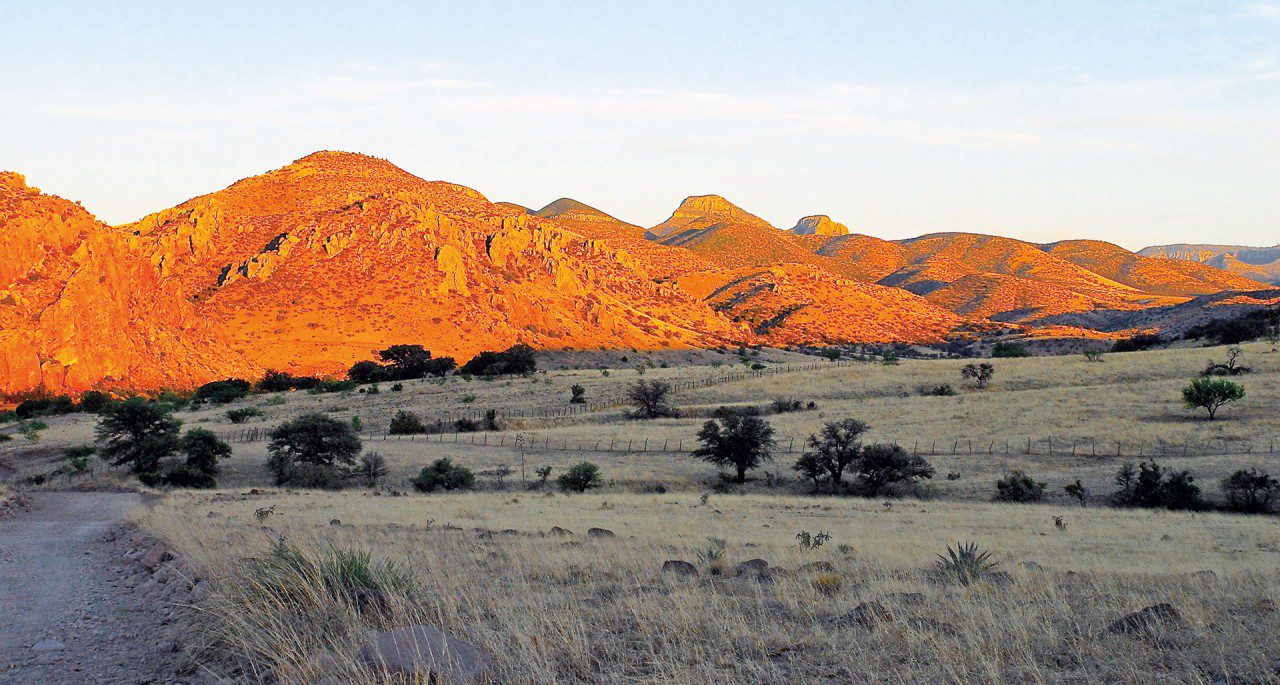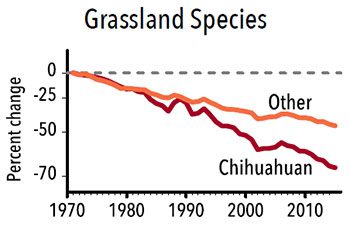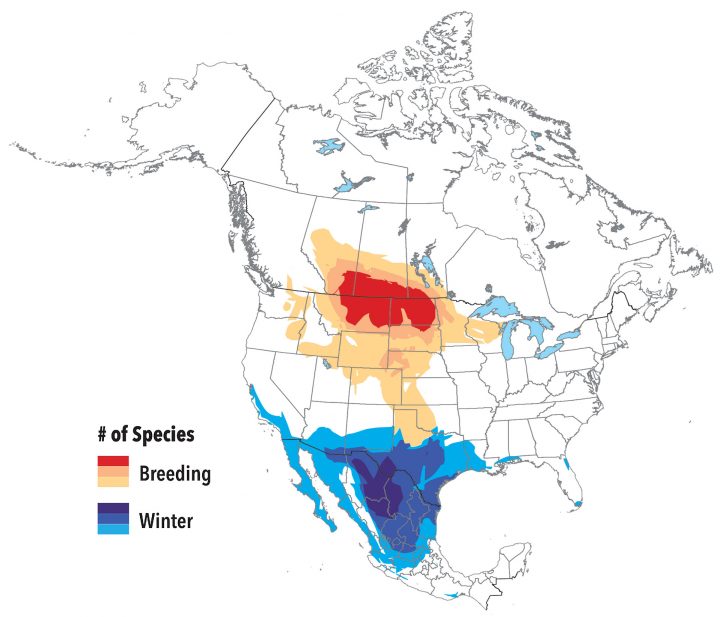Grasslands

Remnant habitat is vitally important for birds

Prairie was once at the heart of our continent. Prior to European settlement, an inland sea of grass ran unbroken from the prairies of Canada to the high plateau of central Mexico. Today, large intact grasslands exist in only a few places in North America. Cropland expansion and residential development threaten both bird habitat and the private ranches that maintain grasslands for their cattle. Sustainable livestock grazing can keep ranchers on the land and provide habitat for grassland birds.
Status: Birds and habitat are disappearing fast
One-third of all grassland bird species are on the Watch List due to steeply declining populations and threats to habitat. Birds that breed in the Great Plains of Canada and the U.S. and winter in Mexico’s Chihuahuan grasslands are experiencing exceptionally steep declines, a nearly 70% loss since 1970. Other temperate grassland birds have declined by 33% in that time.

Building on Success: Sustainable grazing restores habitat
A pilot sustainable grazing program on 15 cattle ranches in Chihuahua, Mexico, is recreating the historic grazing patterns of bison. Through rotational grazing, some ranchers have seen their grass cover increase by 80%, which results in heavier cattle and better bird habitat. The program currently covers 250,000 acres. Expanding this program would help counter the ongoing losses of grasslands in this region.
Take Action: Continue the prairie-pasture legacy
Grassland policies in North America—which have supported thousands of ranching families and millions of hectares of important breeding bird habitat—need support and strengthening.
- In Canada, many Prairie Farm Rehabilitation Administration pastures have been transferred to provincial management. Efforts are needed to ensure policies and management continue to support the conservation value of these pastures.
- In the U.S., private lands biologists work one-on-one with farmers and ranchers to boost sign-ups for Farm Bill conservation incentive programs. Funding more private lands biologists would increase the conservation effectiveness of the Farm Bill.
- In Mexico, grasslands habitat in central Chihuahua will disappear completely by 2025 at the current rate of development and cropland conversion. New policies and programs that involve all sectors from government to water management to agriculture are needed to prevent the total loss of this critical habitat.
